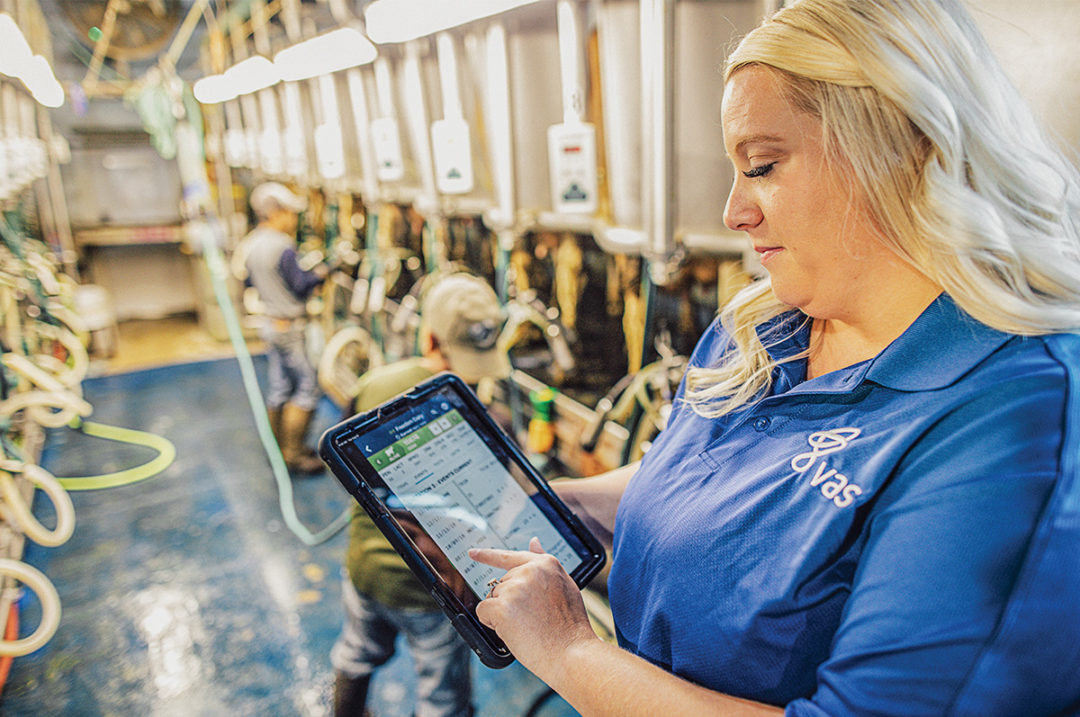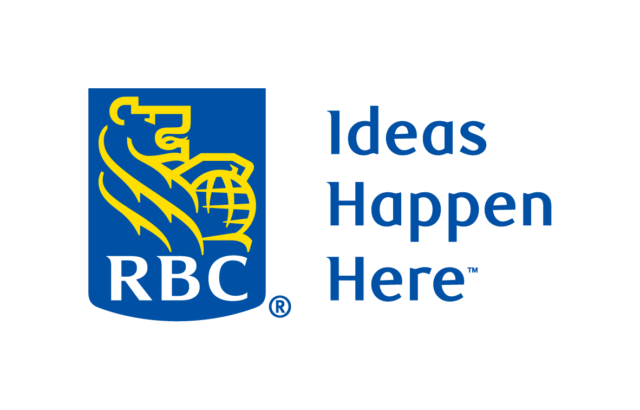Whether your parlor is five or 25 years old, there is always room to improve. Data can help unlock parlor potential and take performance from good to great. The key is understanding the data and reviewing it routinely.
Use these helpful tips to get the most from your dairy’s data.
Prioritize the right data
Data can help ensure employees follow standard operating procedures (SOPs) in the parlor and keep equipment functioning properly. Knowing which data to prioritize will make reviewing it faster.
Here are some parlor key performance indicators to review regularly:
- Average flow rate
- Average milking duration
- Turns per hour
- Milk harvest in the first two minutes
- Time in low flow (less than 2.2 pounds per minute)
This data and other parlor performance data can automatically pull into a parlor summary report after each milking using your herd management software. Think of it like a report card for your milking staff. It will show how well employees complete milking procedures and how calm they keep the cows – both of which are integral to parlor performance.
When viewing the report, you will be able to see:
- What was the average pounds per cow?
- Did the shift start on time? Did it finish on time? What was the total milking time?
- What was the average flow rate? (Goal: 3X greater than 6.5 pounds; 2X greater than 8.5 pounds)
- What was the average duration? (Goal: 3.6 minutes or less – first 25 pounds and 0.5 or less every 10 pounds after)
You can also view milk in the first two minutes – the best measurement of overall milk letdown. The best herds at 3X milking are achieving at least 14.5 pounds in the first two minutes, and 2X milking are hitting 18.5 pounds. If you are not achieving these benchmarks, it could indicate poor milking prep or improper machine settings.
The most important numbers are where the herd is at today. What happens to these numbers when changes are made to procedures, cow handling or equipment settings?
Individual stall performance data can also be helpful to review. It will tell you if the milking staff is following your parlor SOPs. Are they attaching the units in the same amount of time? How much time is between each unit attachment? It can also help identify outlier stalls – if the report shows one of the stalls with the same error for consecutive milkings, it is usually an indication of an equipment issue. It could be something as simple as straw or dirt covering the float or a larger equipment issue keeping it from working properly.
After you review the data, take time to step back and observe the milking process. Watch how your milking staff preps cows, how the equipment functions and how the cows behave in the parlor. Remember, data is only one part of the picture.
Use the data effectively
Lean on the customer support team for your herd management software. It is easy to hop on a call and have them show you how to access your data and work through these key questions:
- Is your interface set up correctly?
- Are you getting the data you need?
- Do you understand the data?
- Do you know how to generate the reports?
- Can you break down what the reports are saying?
- Do you want to save the reports?
Working with your milking equipment dealer is also important to know what your parlor software can do and how to adjust equipment settings. If you are trying to get the most efficiency from the parlor, it is important to know how to change settings on your own, such as vacuum or takeoffs.
Delegate reviewing the data to one person – a parlor manager, milking shift leader or another employee. Train that individual on how to get the reports, review the data and share the results with the full milking staff. Everyone involved with milking should know the value of making the process as successful as possible. Properly training milking staff and working with them to understand the why of what they are doing can go a long way – and will probably have the biggest impact on parlor performance.
Strive to review this data daily or, even better, after each milking. Staying in front of issues helps minimize parlor downtime and keeps repair costs in check. Being proactive is especially important if your parlor runs around the clock – even a one-hour delay is hard to recoup.
Incorporating parlor data review into your daily routine can help your dairy find better ways to complete milking. Ask for help from your herd management software and milking equipment support teams to understand the data and use it effectively.
Getting help from your herd management software team
- Ask for a technician well versed in parlor data.
- Make sure your interface is set up correctly and you are getting the data you need.
- Have them show you how to access the reports and break down the data.
- See if they have additional materials to share.








